
Thank you for visiting HOJO website. If you have any enquiry, please feel free to get in touch with us at
▼ Akira Hojo
▼ Hojo Newsletter
▼ HOJO FACEBOOK





HOME > Black Tea >Darjeeling First Flush
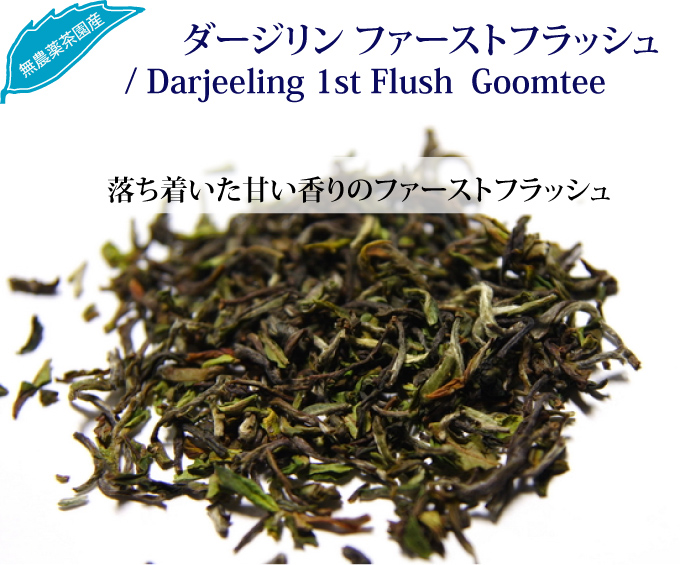
Black tea is named because of its appearance which is black in color. However Darjeeling First Flush doesn’t look black, but rather green in color. Many people assume that it is because of insufficient fermentation. In fact, this is not true. Tea leaves which are lack of fermentation usually give an unpleasant greenish aroma, yet our Darjeeling First Flush gives a floral and fruity flavor. The key point of this tea is because it has undergone an extremely long withering process. As a result, the tea leaves give a floral flavor despite it being green in color.

There are many types of Darjeeling Tea and different grades. Any tea produced from Darjeeling area can be named Darjeeling Tea. Looking at the pyramid shape of mountain, the higher the altitude, the lesser the tea garden is available. It is very important that tea must be grown at very high altitude. It gives a very strong flavor as well as a long lasting after taste.
In China, Taiwan or India, the highest grade of tea is always produced from organic tea garden. In particular, most of the Chinese Gift Teas (tea that is served to VIPs) are produced in organic gardens.
Do you think it is a coincidence?
In fact, it is the essential factor where premium teas are concerned. In order to produce good tea, the tea garden must be in a very natural condition. Limited usage of fertilizer, severe growing environment, abundance of insects and limited rain will slow down the growing rate of the tea tree. As a result, the taste, flavor and nutrition are concentrated. In addition, we select tea from the organic tea gardens mainly because of it being uncontaminated by excessive usage of pesticide. The tea trees are grown naturally and are guaranteed to be safe for human consumption. This is the utmost factor when it comes to purchasing our teas where quality is the priority.
In Darjeeling, every batch of tea has a batch number from the respective factory. Usually DJ-1 is the first batch in the spring season. Some people, especially Japanese buyers are willing to pay a lot in order to obtain the first batch of tea as they are fond of the earliest up-coming product. However the first batch does not mean the best in terms of quality. Spring comes earlier to the garden located at lower elevation. Tea from the higher elevation has a longer resting period and therefore, the quality of tea plucked a little later tends to be better.
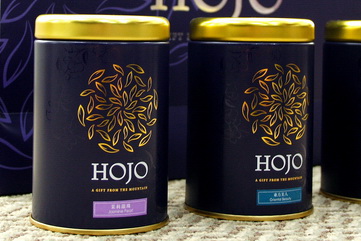


Darjeeling tea is named for the tea from the Darjeeling region which is part of the Himalaya range. We must not forget that the altitude of tea garden at Darjeeling varies a lot ranging from 100 meter up to 3000 over meter. Basically the higher the altitude, the more limited number of tea garden there are. We carefully select the tea that is grown higher than 1500m.
The tea produced from a high altitude has 2 advantages as follows:
Higher up on the mountain, the sunshine is stronger. Likewise, we easily get sun-burned when we go to higher altitudes for trekking or sky diving. Tea receives a lot of sunshine during the day and effectively carries out photosynthesis. Tea produces a lot of organic substances and stores them inside its leaf. At night, the tea leaves will consume the energy (organic substance) for metabolism. At high altitudes, the environment is very different and the temperature at night is very cold that the tea leaves can hardly proceed metabolism effectively. After all, most of the organic substances are accumulated inside tea leaves which makes the taste of tea becomes very thick.
In winter, the mineral absorbed by the tea trees from the ground will be accumulated inside the tree. It is because the plant remains dormant during the very cold environment. This is the resting period of the plant. More minerals will be accumulated in the tree if the resting period is prolonged. The accumulated mineral will be distributed into the first up-coming tea leaves in spring. Mineral in tea is the primary element that contributes to the long lasting after taste. Therefore, the first up-coming tea leaf is very rich in mineral and gives a strong after taste. On the other hand, the tea tree planted at lower elevation contains less mineral and therefore it lacks the depth of after taste and flavor, although it gives a strong aroma. The quality of tea is in proportion to the intensity of after taste. The long resting period is an essential factor to produce fine quality tea.
Many customers are surprised when they look at the color of the Darjeeling tea leaves. Despite it is called black tea, it is not black but green in color. Looking at the color of leaf, people spontaneously thinking of its greenish flavor, but it actually gives a very flowery and fruity flavor. It is because of the “very long withering process”. Withering is the dehydration process, which is just like producing dried flowers. The dehydration triggers the internal enzyme to carry out moderate ripening. Just imagine what we do if a banana is green and not ripen. We keep it for a few days until it is ripened. This is the same mechanism as how the Darjeeling First Flush is processed during the withering process.
Darjeeling First Flush gives a very sweet taste with a flowery and fruity flavor which is best compliments with dessert such as cakes, etc.
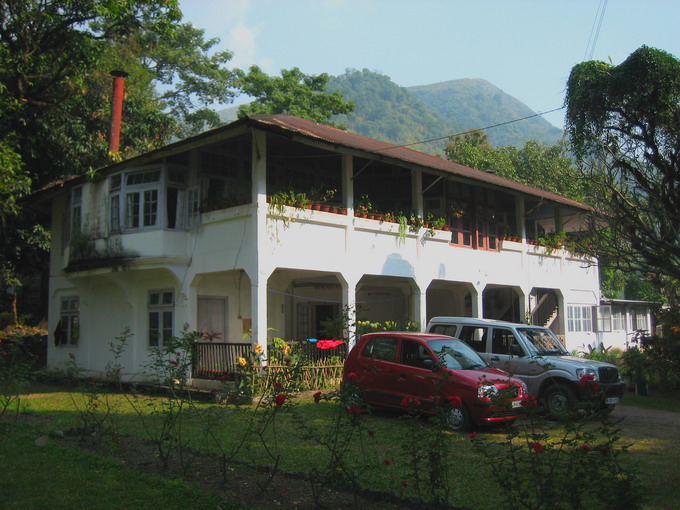
Darjeeling tea gardens were developed by the British once upon a time. China cultivar needs cold weather and it cannot adapt to other colonial areas of England. Due to the high altitude of Darjeeling area, China cultivar can survive and the quality is great. English people introduced a very conventional and rational processing method. With the development of a very effective management system, followed by a military style as a guide, the introduction of estate management system and implementation of effective machinery, they managed to produce good quality tea on a large scale.
Even after the independence of India from Great Britain, the same organization, management system and the machinery such as the Orthodox rolling machine are being used until today. But recently such Darjeeling tea gardens are about to change. Attempts are being made to develop original tea production method and introduce the Bio-garden management. The dawn of a new Darjeeling Era has just begun.
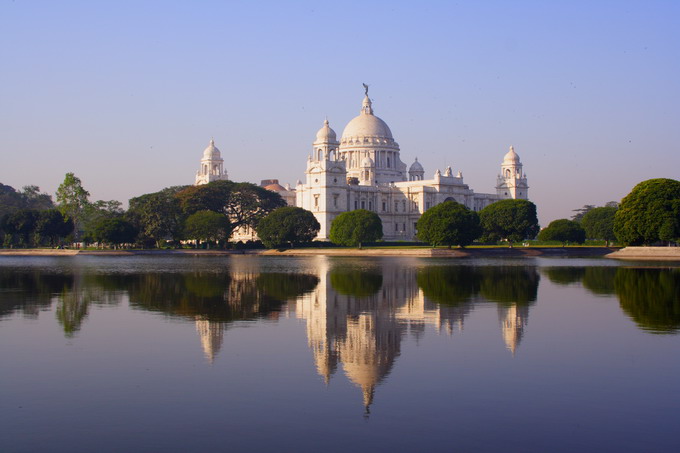
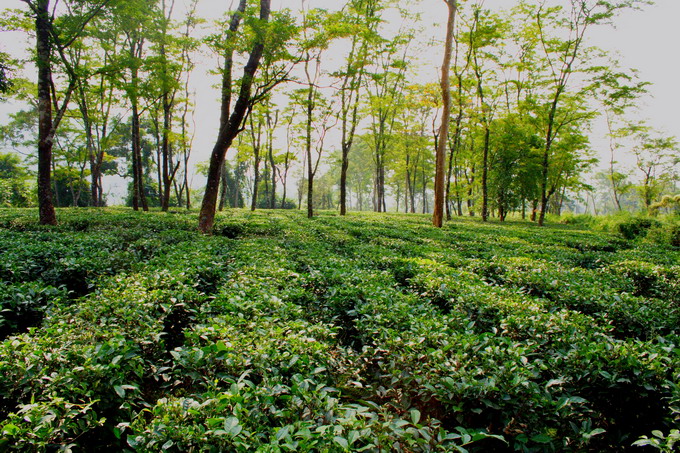
Darjeeling is located at the slope of Himalaya at the West Bengal of India. The common access to Darjeeling is either by Train or Air Plane via either Calcutta or Delhi. The town located at the foot of Darjeeling Mountain is called Sinigri. It takes about 2-3 hours to go to the Darjeeling town by car. There are a number of estates in Darjeeling. If classifying the estates following the altitude, there are 3 categories: Low Grown, Mid Grown and High Grown. It is a trend that the higher the altitude of tea garden, the mellower and sweeter the taste of tea.
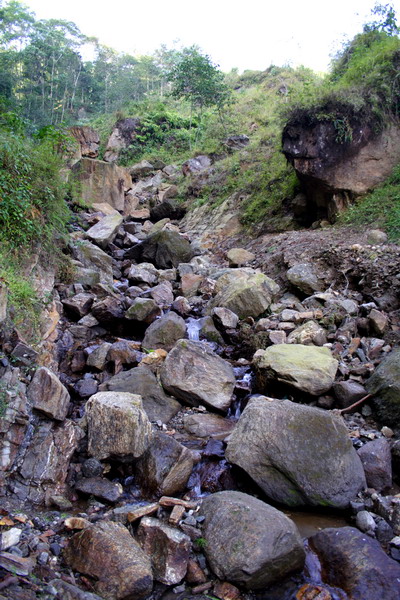
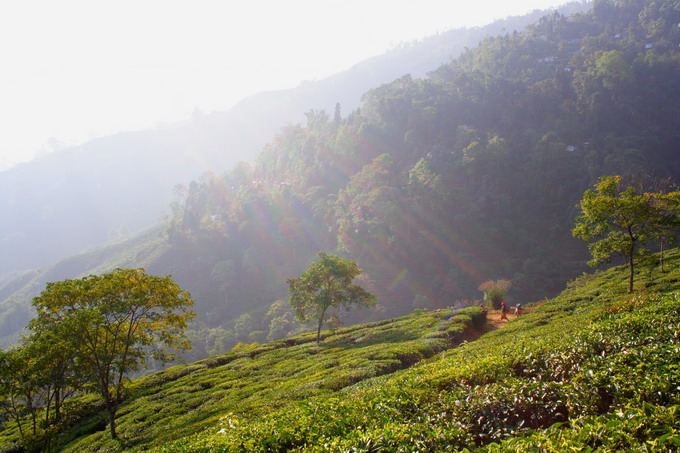
Due Due to its very high altitude and there are many valleys and rivers, Darjeeling is always covered by fog. When the weather is very good, we can take a view of the Himalaya range early in the morning. Usually starting from 10am, most of the Darjeeling areas and not to mention the tea gardens are fully covered by very thick fog. Under this natural shade, the tea leaves produces less bitterness and it becomes very mellow in taste.
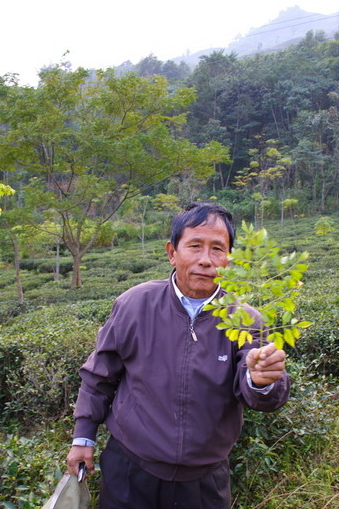

The manager of the tea garden has a very strict policy. Instead of using strong pesticides to rid insects, they produce the extract from natural herbs. They grow many herbs around their estate. These herbs are extracted and sprayed on the tea trees. It is not meant for killing insects, but to “chase away” the insects. The manager mentioned that his concept is "Live or Leave" which means either the insects live in the tea garden without causing any harm to the tea leaves or leave the tea garden. Some of the herbs have a very bitter taste or strong odor and insects are not attracted to it. The herbs inside the estates are harvested at regular intervals and steeped inside a water bath. After 2 weeks, plants are decomposed and the juice is easily and well extracted. We found lemon grass is used as well. It is very effective in ridding insects.
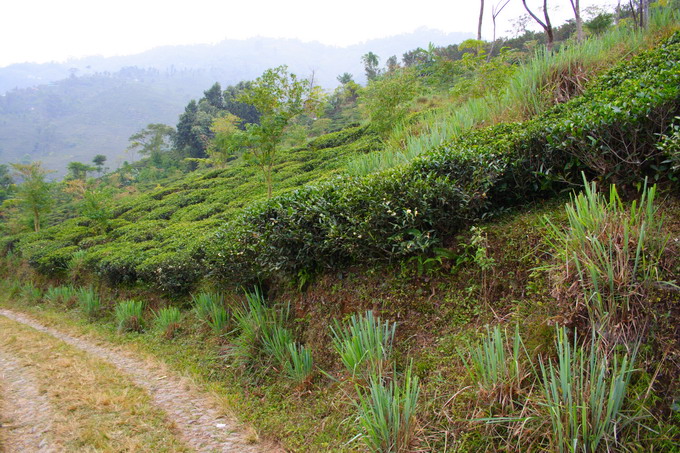

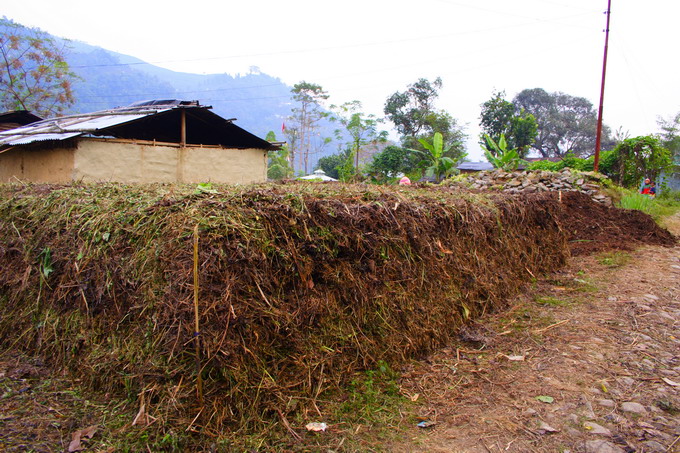
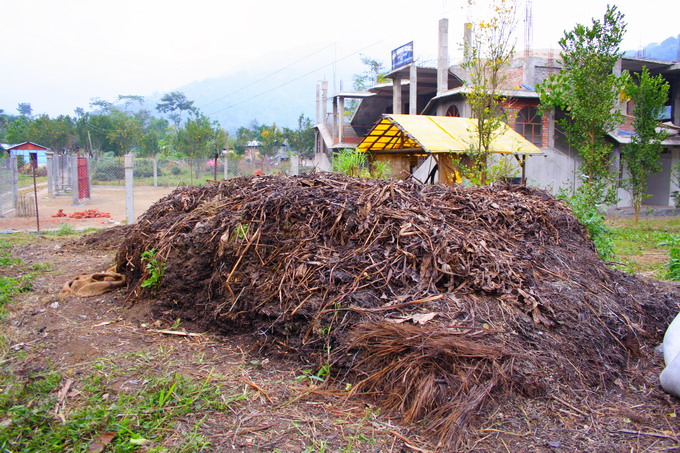
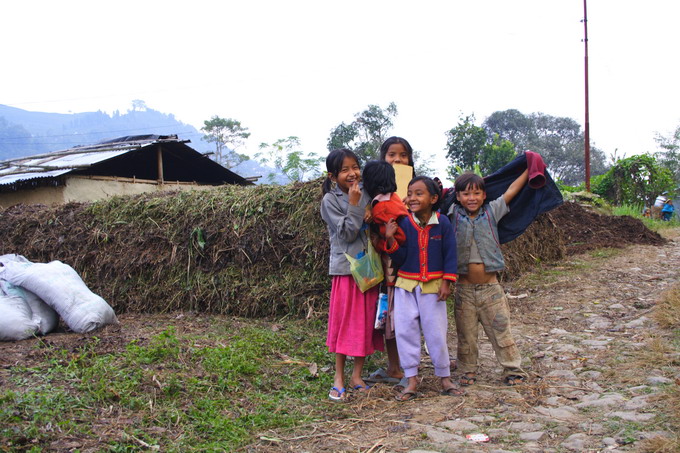
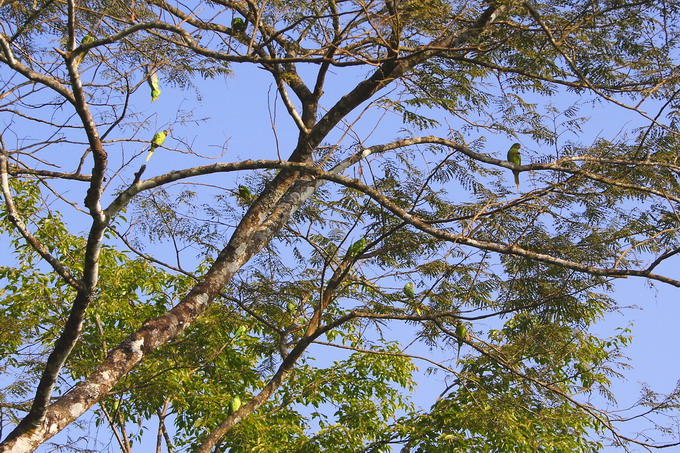
In the Darjeeling area, there were a lot of insects, fishes and birds some time ago. But it is said that the ecology of the area was destroyed and the number of wild creatures was drastically decreased on account of the rampant usage of pesticides. However the ecology of Darjeeling area is steadily recovering now thanks to the bio-garden practice and management. Initially, insects start returning, and birds as the natural predator of insects are also returning and finally other animals have also made a comeback. When we were in Darjeeling, we also saw a number of parrots on the trees. According to the garden’s manager, he has not seen those birds for a long time. But they are coming back steadily and the numbers are slowly but surely increasing.
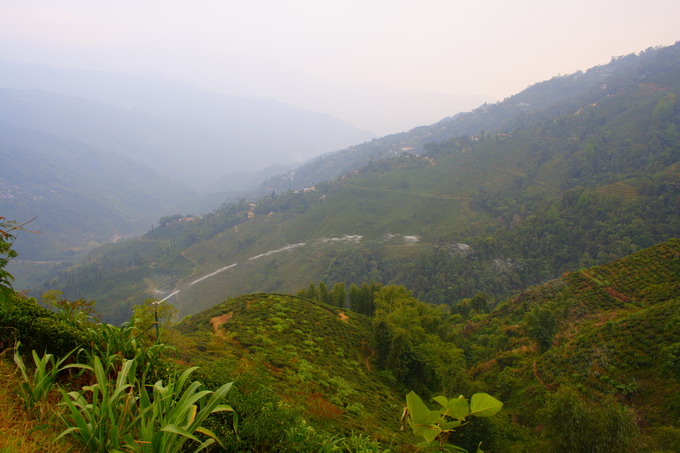
It It is said that Darjeeling Tea produces a much superior flavor and taste when it is under the stressful growing environment. This theory applies not only to all kinds of tea, but also to human. For example, the famous tea garden in Darjeeling by the name of Castleton produces a splendid tea every year. This tea garden has many rocks and stones, and always lack of nutrition and water supply. Under this stressful environment, tea grows extremely slow. That is why the taste and flavor is concentrated for its premium quality.
In the Darjeeling area, the harvesting of the first flush starts in February. From April to May, it is the rainy season. After the raining season is over, it is the season of the 2nd flush which is well-known for its muscatel flavor. However, the reason of this muscatel flavor is not revealed for long time. By now, it is understood that the tiny green fly is the contributor to this muscatel flavor. It is exactly the same mechanism as the Oriental Beauty Tea of Taiwan. When the raining season is over, a massive number of green flies come up from the ground and starts sucking the juice of tea leaves. Tea leaves turn into yellow in color once it is being attacked and start producing some kind of antibiotics. In scientific terms, it is the substance called Phytoalexin. This is the substance in the tea leaves that produces a very fascinating muscatel flavor.
From September to October, the number of insects decrease and tea leaves have less influence from the green flies. In this season, tea mainly gives a very sweet Darjeeling flavor. The tea harvested in November to December is also called autumnal tea, yet its characteristics are quite different from the earlier harvested autumnal tea. In November to December, tea tree starts to produce the very tender and soft buds just like early spring tea. In the late autumn to winter, it is rather a stringent growing environment for the tea trees as rain is less and weather is cold. Tea tree grows at a very slow speed. Therefore the tea leaves is concentrated with more substances and become very sweet and fragrant. These characteristic are similar to those winter tea in Taiwan.
There are a few different cultivars grown in the Darjeeling area. The Assam cultivar is grown at low land tea garden. Assam cultivar gives a strong astringency and lack of sweet taste. It is mostly used for tea bag and low-end tea production. The tea garden that is located at the altitude above 1000m has the hybrid cultivar between China and Assam cultivar. It is called clonal cultivar. The tea garden at altitude above 1000m has relatively more China cultivar, whereas above 1500m, almost all is China cultivar. China cultivar can only grow in cold weather. It gives a very sweet taste and delicate fragrance especially in autumn. The clonal cultivar gives a very strong aroma but weak in flavor and taste. It gives a slight astringency and has less body in taste. Due to its characteristics, clonal is sometimes used for blending purpose in order to enhance the aroma of tea.
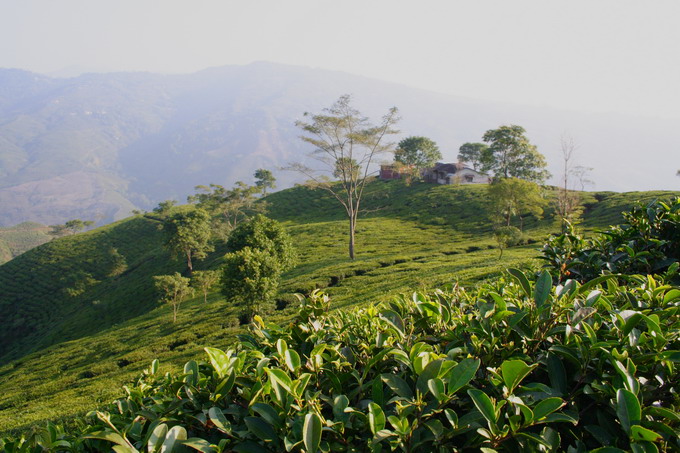
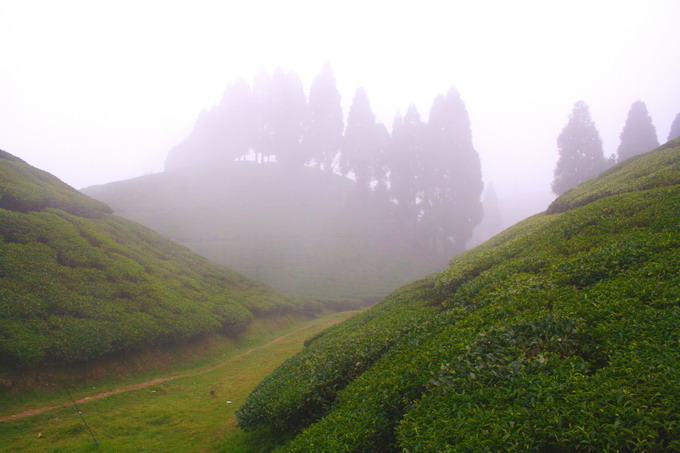
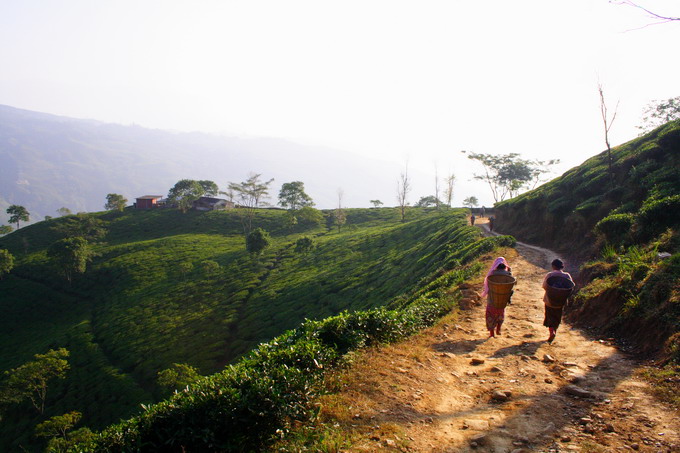
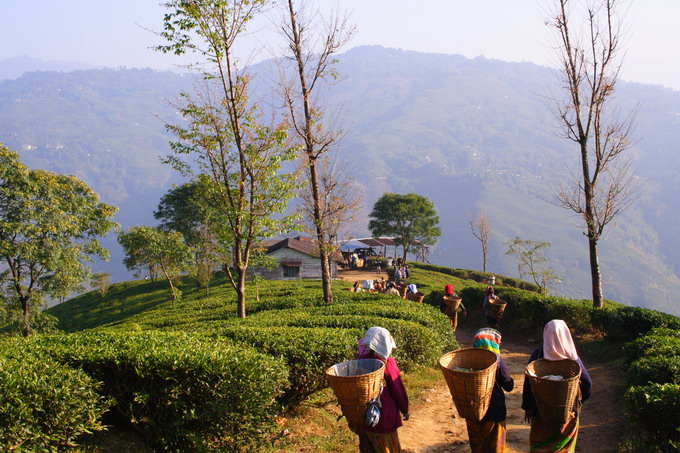
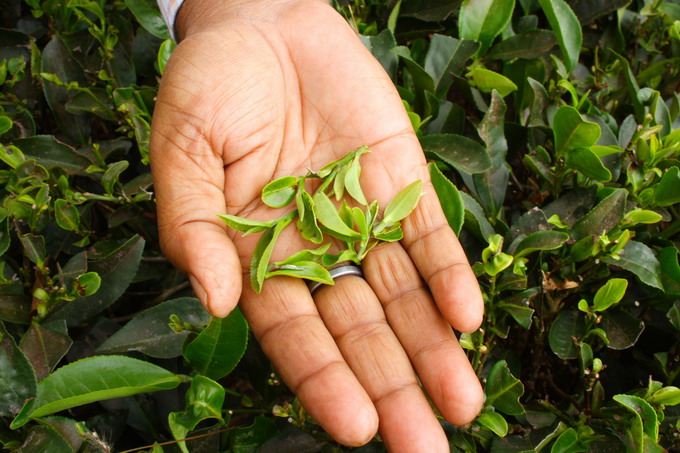
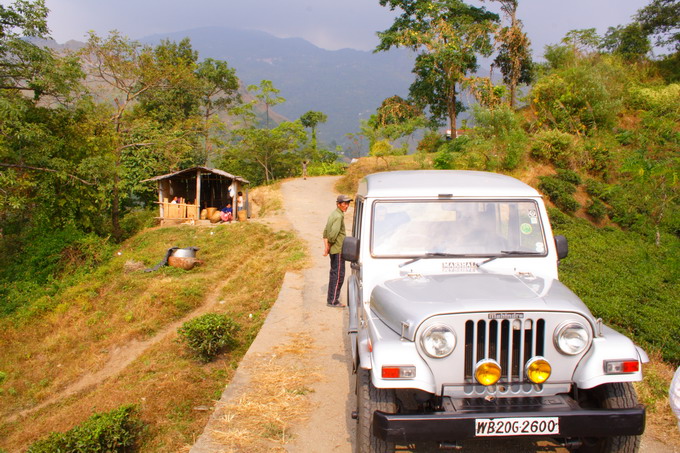
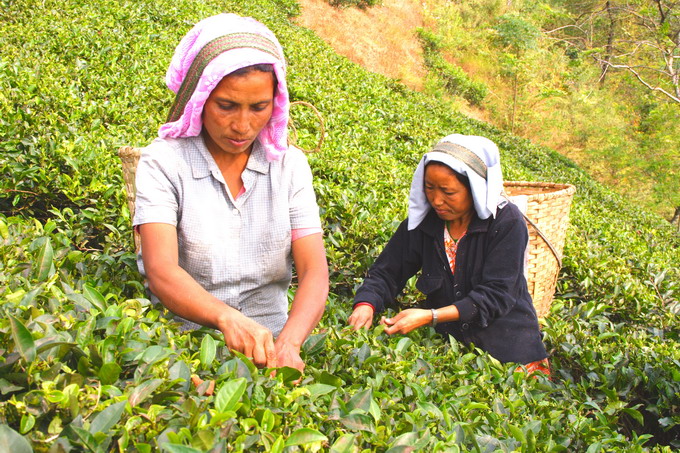
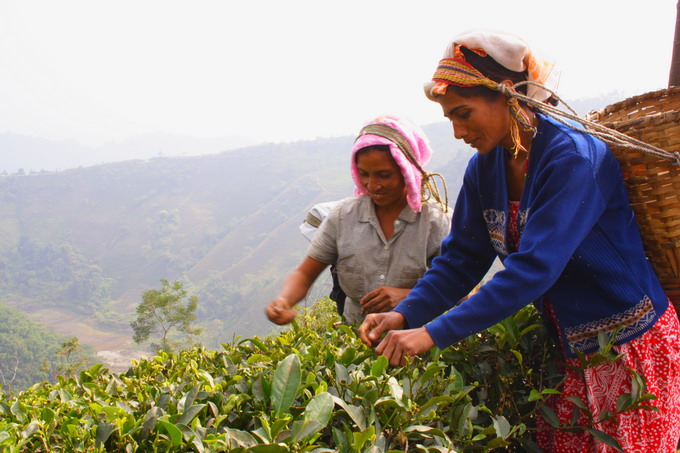
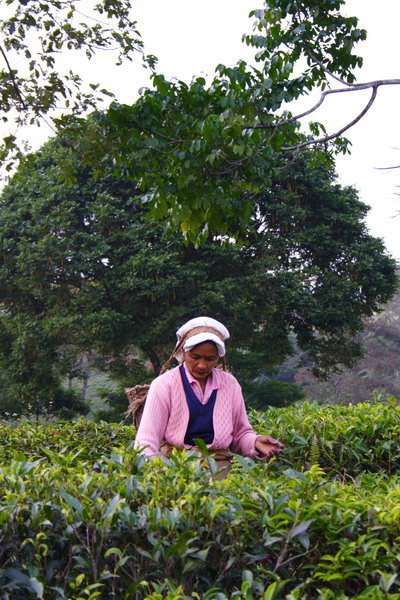
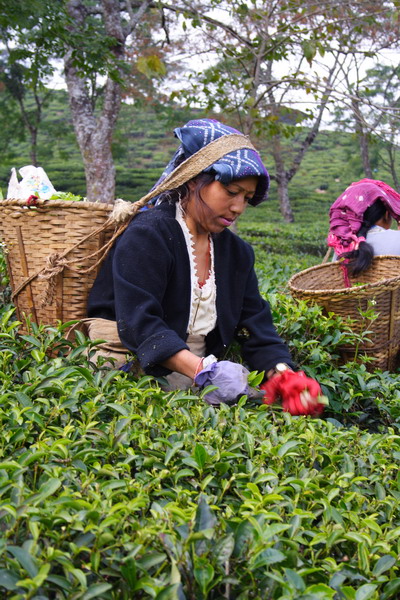

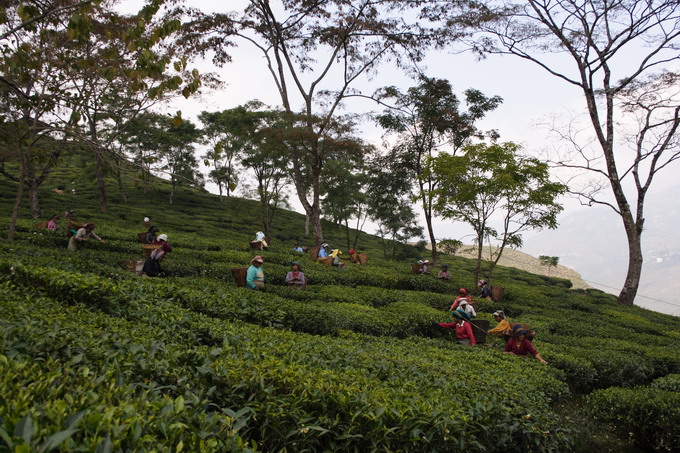

HOJO takes safety seriously as a part of quality. In order to ensure the safety, we personally visit the tea factory. The safety management of factory where we purchased our tea must be well implemented and tea must be produced in a very modern, hygienic quality control system.
Unlike to ordinary black tea, Darjeeling tea is not black in color. It appears to be a combination of tea leaves in yellow, green and red color. In particular, Darjeeling 1st flush is greenish in color. The taste is also different from black tea. It is rather similar to oolong tea.
Why is Darjeeling tea so special?
People used to believe that it was because of the specific weather conditions of Darjeeling and its environment. However after learning more and more about its process, we are now well understood that the process of Darjeeling Tea, in particular the withering process, plays the most important role.
The point that makes such special characteristics of Darjeeling tea is the Withering Process. It is said that mastering the withering process is equal to managing 70% of the entire process of tea. As mentioned earlier, there are 3 different kinds of Darjeeling tea, first flush, second flush and autumnal. Different style of process is applied during different season as the moisture content, poly phenol content and type of constituents in the tea leaves varies a lot.
The plucked leaves are spread onto the withering tray in a very thin layer and air is blown from below. The bottom of the tray is made of perforated plate and therefore tea leaf is consistently blown.
Tea leaves is spread on withering tray
This process is called withering. For the Darjeeling tea, the withering process takes a much longer time than ordinary black tea. It takes 48 hours for Darjeeling first flush. It continues until the moisture content is reduced to about 30%. Depending on the initial moisture content in tea leaf, the retention time of withering is adjusted. For ordinary black tea, withering is not conducted as long as Darjeeling tea. With higher moisture, the following fermentation effectively takes place. As a result, tea turns into black in color.
During the withering process, internal enzyme is triggered to start the ripening. It is the same mechanism as hanging unripe pineapple for further ripening. Another example is that hay usually gives a sweet aroma, while grass gives a very greenish aroma right after being cut. These involve the same mechanism.
The enzyme is triggered by dehydration and mediate moderate ripening process. Ripening is kind of oxidation or enzymatic hydrolysis that produces various kind of volatile substance. In tea leaves, those volatile substances give a floral aroma and flavor.
When I first entered the withering room of Darjeeling Tea, I thought I came to a fruit garden! The room is filled with strong and pleasant fruity smell. Due to the long withering process, the tea leaves contain lower moisture content. Therefore, Darjeeling tea is not fermented effectively as enzyme needs water to start the full fermentation. As a result, the color of Darjeeling tea consists of red, yellow and green. In a way, Darjeeling tea is semi-fermented tea which is similar to Oolong tea.
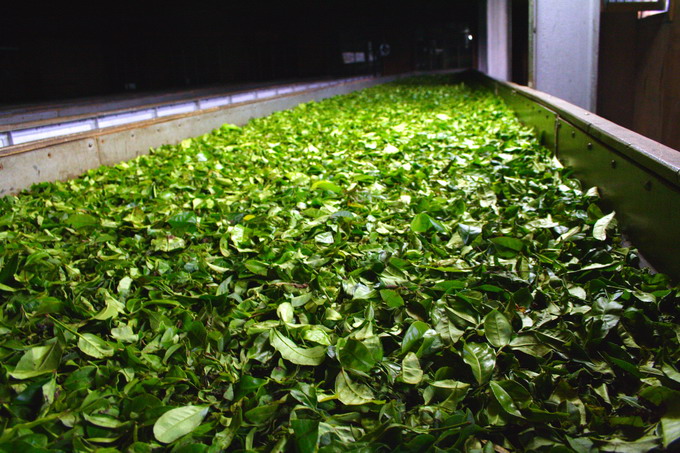
This process is called withering. For the Darjeeling tea, the withering process takes much longer time than ordinary black tea. It takes 48 hours on darjeeling first flush. It continues until the moisture content is reduced to about 30%. Depending on the initial moisture content in tea leaf, the retention time of withering is adjusted. For ordinary black tea, withering is not conducted as long as Darjeeling tea. With higher moisture, the following fermentation effectively takes place. As a result, tea turns into black in color.
During the withering process, internal enzyme is triggered to start the ripening. It is the same mechanism as hanging unripe pineapple for further ripening. Another example is that hey usually gives a sweet aroma, while grass gives a very greenish aroma right after being cut. These involve the same mechanism.
The enzyme is triggered by dehydration and mediate moderate ripening process. Ripening is kind of oxidation or enzymatic hydrolysis that produces various kind of volatile substance. In tea leaves, those volatile substances give a floral aroma and flavor.
When we entered the withering room, it smelt just like a fruit garden! With lower moisture content in the tea leaves, Darjeeling tea can not get fermented effectively as enzyme need water to get fermentation started. Therefore the color of Darjeeling tea consists of red, yellow and green. In a sense, Darjeeling tea is semi-fermented tea which is similar to Oolong tea.
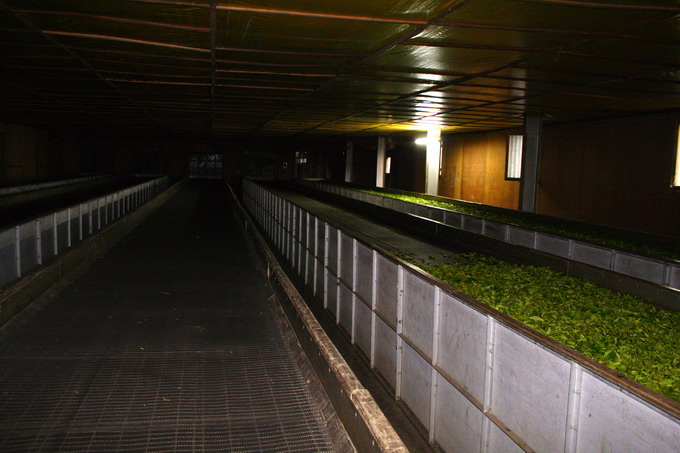
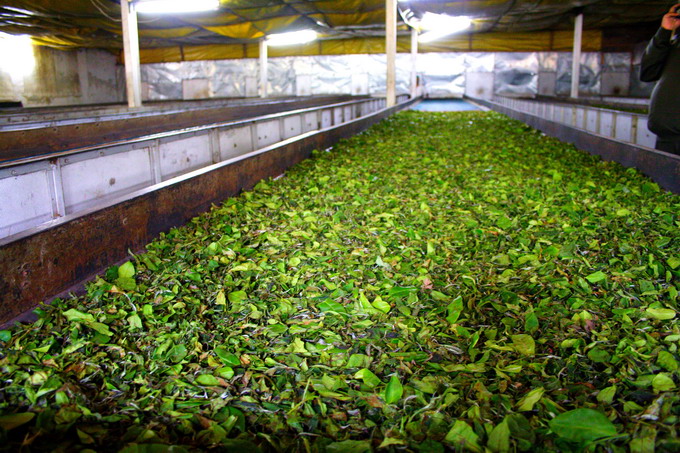
After the withering process, the tea leaves are sent for the rolling process using an Orthodox rolling machine. This machine was developed by the English centuries ago. Usually one machine can process about 70-100kg of tea leaves per batch. Rolling is carried out by 2 machines and the output from both machines is gathered. After moisture is further reduced, the total weight of tea leaves is reduced from 70kg to 50-60kg. Therefore the final output from 2 machines is 50+50kg=100kg. That is why the minimum lot of Darjeeling tea trade is always about 100kg to 150kg. One lot of tea is too much for a small company to purchase. This is the origin of the idiom "A Lot Of". A lot of Tea was too Huge A Quantity to purchase for a small tea merchant.
In making top quality tea, it is important to avoid heat. The rolling process is carried out with pressure and without pressure alternately in order to release the heat generated due to friction. If increasing the processing volume or rotation speed, temperature may increase and this will affect the quality. It is crucial to use a smaller volume with longer processing time. After all, tea becomes very exclusive in terms of quality and also price as it was processed with much more time spent and is produced with great care.
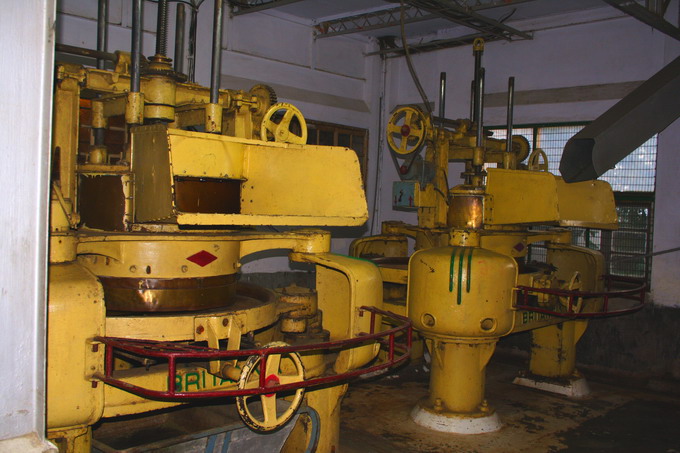
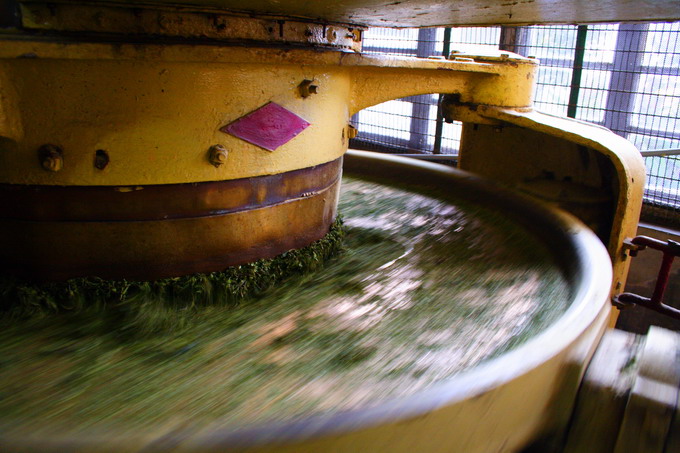
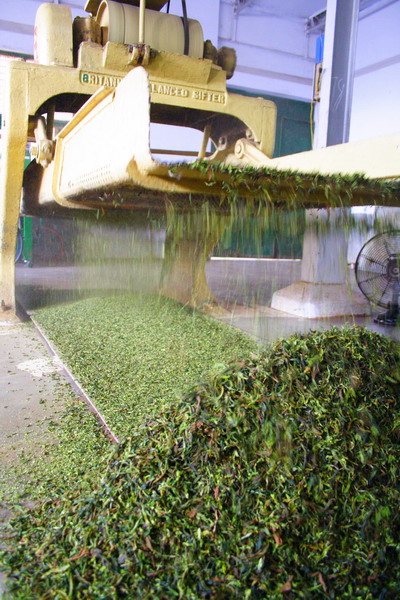
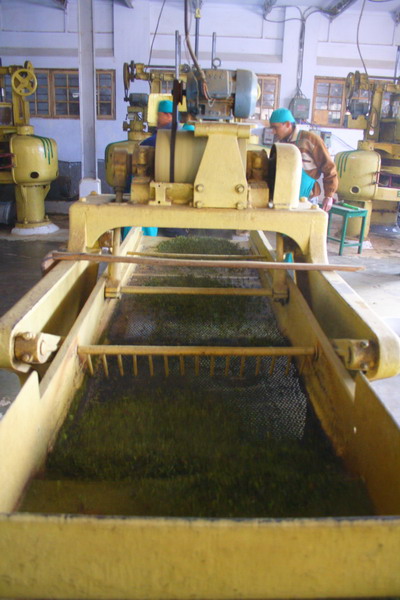
In the middle of rolling process, tea leaves are sieved by machine. The purpose of sieving is:
1) To cool down the tea leaves
2) To segregate the tea leaves to different sizes.
The leaves which is the biggest size and 2nd biggest is returned back to the rolling machine. The finer leaves are sent for fermentation. Tea leaves are spread over the fermentation tray. Those fine dust accumulated is usually used for tea bags or blending. Usually the fermentation process is carried out on the floor. But due to the sanitation reasons, our supplier used stainless steel trays. We noted it was a very good practice.
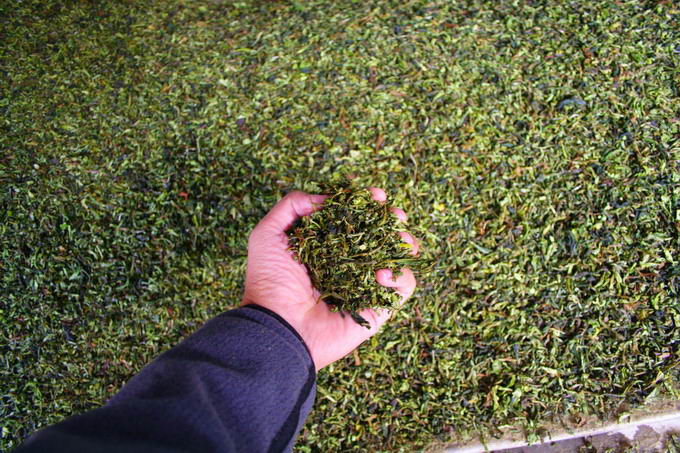
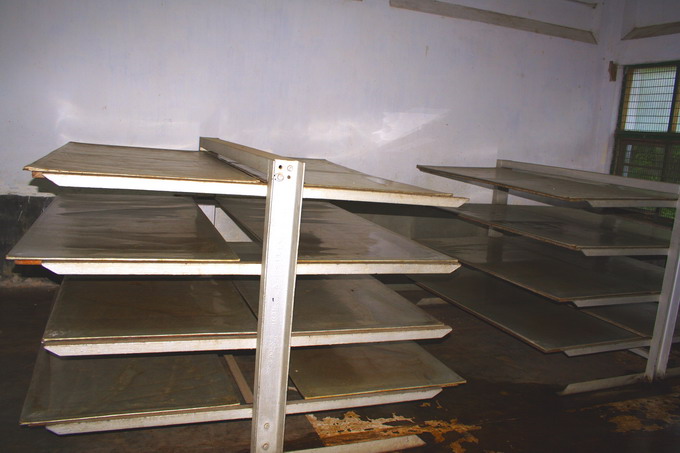
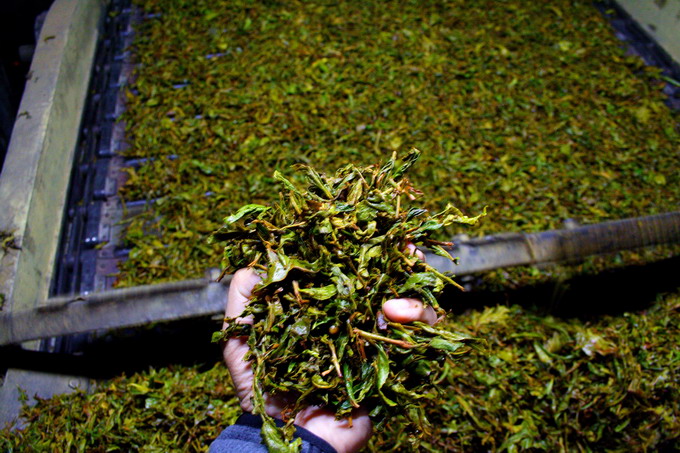
The purpose of the drying process is:
1) To heat the tea leaves at high temperature in order to inactivate the enzymes and stop the fermentation.
2) To reduce moisture of tea leaves until below 5%.
Darjeeling tea is not suitable to drink with milk as it contains very little tannin.
In you are using tap water, it is necessary to use filtered water that consists of activated carbon filter. Otherwise, you wouldn’t be able to enjoy the authentic taste of tea. If using commercial mineral water, it is important to choose natural mineral water. Never use distilled water or reversed osmosis processed water. These water lacks mineral content and thus the taste of tea is too soft and a little plain. Soft water is better than hard water. Brewing tea with hard water makes taste bitter while soft water makes taste gentle and sweet. The softness of water is written on the mineral water bottle as TDS: total dissolved solid. You need to choose the water that TDS is below 200mg/liter.
Go to further information about suitable water for brewing tea >>
Use boiling water. It is very important to boil water so as to evaporate chlorine and other kinds of contaminated substance in water. Do not boil for more than a few minutes. Boiling for too long would rather concentrate the minerals and the character of water may change to hard water.
The suitable teapot for black tea is the red clay teapot. The bone China ware also gives a good effect. But still the effect of red clay is far better than bone china. Make sure to rinse the tea pot with boiling water for about 10-20 seconds in order to warm it up. Brewing time is about 30 seconds . For 2nd brewing, please keep the brewing time less than a few seconds.
Volume of water / 5 = Weight of tea leaf to be used.
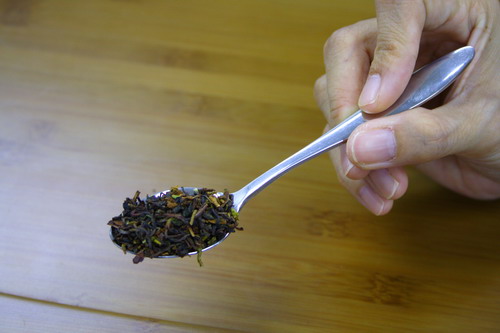
Once brewing is completed, make sure to pour out the tea until the last drop. In addition, please leave the lid opened while waiting for the next brewing. This is important to maintain the taste of subsequent brewing and also to avoid tea leaves from being over cooked.
So far it has not been known if anyone has tried to mature Darjeeling Tea. However Darjeeling Tea has a lot in common with Taiwan Oolong Tea. Many people have attempted to store Taiwan Oolong Tea longer and found another way of enjoying those teas. What if we apply this practice in Darjeeling Tea? You may create another character of Darjeeling Tea.
Our tea is packed with no oxygen and therefore it lasts for more than a year even if it is kept in the ambient atmosphere. Once tea is opened, it is advisable to finish within several months. If opened tea is kept outside the fridge more than a year, there is a noticeable level of change in terms of quality. Although it is still drinkable from medical point of view, you would not be able to enjoy the original flavor of tea.
Although many people think that keeping tea inside the fridge is the best, from our professional point of view, this is not advisable. Tea easily gets wet from condensation when it is taken out from the fridge. Once tea gets wet, the quality will deteriorate within a few days. Moisture triggers oxidation and it completely destroys the quality of tea. If tea is kept inside the fridge, it is necessary to leave it in ambient atmosphere for 24 hours in order to gradually warm up the tea leaves. Based on our experience, 12 hours is not long enough. From the outlook it looks warmed up, yet inside is still cold due to insulation effect.
Many people think that tea is safe as long as bag is sealed with zipper. In fact, it is not sufficient. When the bag is withdrawn from the fridge, inside the bag is cold and therefore it builds up negative pressure. As a result, a noticeable amount of air with moisture is able to travel through the zipper and causes condensation.

Please feel free to send us e-mail for enquiry at:

 |
We accept various kinds of credit card through Paypal.
Only if customer prefer other option of payment, we suggest "Bank Transfer".
Various choice of shipping method
EMS, SAL, Small Packet, Small Packet (SAL) Yamato Express and Surface
For shipping tea, we usually suggest small air parcel, the estimated shipping cost of tea in 100g (with wrapping material ) is
Small Parcel
USA JPY 600, EU JPY600 and Asia JPY470
Small Packet (SAL)
USA JPY380, EU JPY380 and Asia JPY320
The shipping fee to oversea by small air parcel happens to be even cheaper than domestic shipping fee in Japan.
For your information, some countries, EU in particular imposes custom duty. We need buyer to bare the duty. We are sorry, but we cannot change the amount on the invoice, and we do not mark any packages as gifts. We will strictly follow the custom regulation.